Tavex uses cookies to ensure website functionality and improve your user experience. Collecting data from cookies helps us provide the best experience for you, keeps your account secure and allows us to personalise advert content. You can find out more in our cookie policy.
Please select what cookies you allow us to use
Cookies are small files of letters and digits downloaded and saved on your computer or another device (for instance, a mobile phone, a tablet) and saved in your browser while you visit a website. They can be used to track the pages you visit on the website, save the information you enter or remember your preferences such as language settings as long as you’re browsing the website.
| Cookie name | Cookie description | Cookie duration |
|---|---|---|
| tavex_cookie_consent | Stores cookie consent options selected | 60 weeks |
| tavex_customer | Tavex customer ID | 30 days |
| wp-wpml_current_language | Stores selected language | 1 day |
| AWSALB | AWS ALB sticky session cookie | 6 days |
| AWSALBCORS | AWS ALB sticky session cookie | 6 days |
| NO_CACHE | Used to disable page caching | 1 day |
| PHPSESSID | Identifier for PHP session | Session |
| latest_news | Helps to keep notifications relevant by storing the latest news shown | 29 days |
| latest_news_flash | Helps to keep notifications relevant by storing the latest news shown | 29 days |
| tavex_recently_viewed_products | List of recently viewed products | 1 day |
| tavex_compare_amount | Number of items in product comparison view | 1 day |
| Cookie name | Cookie description | Cookie duration |
|---|---|---|
| chart-widget-tab-*-*-* | Remembers last chart options (i.e currency, time period, etc) | 29 days |
| archive_layout | Stores selected product layout on category pages | 1 day |
| Cookie name | Cookie description | Cookie duration |
|---|---|---|
| cartstack.com-* | Used for tracking abandoned shopping carts | 1 year |
| _omappvp | Used by OptinMonster for determining new vs. returning visitors. Expires in 11 years | 11 years |
| _omappvs | Used by OptinMonster for determining when a new visitor becomes a returning visitor | Session |
| om* | Used by OptinMonster to track interactions with campaigns | Persistent |
| Cookie name | Cookie description | Cookie duration |
|---|---|---|
| _ga | Used to distinguish users | 2 years |
| _gid | Used to distinguish users | 24 hours |
| _ga_* | Used to persist session state | 2 years |
| _gac_* | Contains campaign related information | 90 days |
| _gat_gtag_* | Used to throttle request rate | 1 minute |
| _fbc | Facebook advertisement cookie | 2 years |
| _fbp | Facebook cookie for distinguishing unique users | 2 years |
What is 'The Silver Standard'?

The concept of a “silver standard” has had a profound impact on the world of finance and economics throughout history.
In this article, we will explore what the silver standard is in the precious metal world, its historical significance, and its relevance in today’s economic landscape.
What Is the Silver Standard?
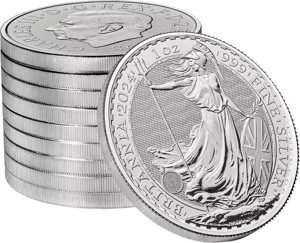
The silver standard is a monetary system in which a country’s currency is backed by a specific quantity of silver. Under this system, the government or central bank holds silver reserves equal to the value of the currency in circulation. This ensures that the value of the currency remains stable and can be exchanged for a predetermined amount of silver.
Historical Origins of the Silver Standard
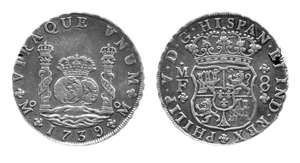
The silver standard has ancient roots, dating back to civilisations such as the Greeks, Romans, and Chinese. These early societies recognised the value of silver due to its durability, divisibility, and intrinsic worth. Silver coins became a common medium of exchange in trade, setting the stage for the development of the silver standard.
Fast forward to the 19th century, and the silver standard gained prominence in the global economy and economic activity.
Countries like the United Kingdom adopted it, with the British pound being pegged to a specific weight of silver
This provided stability to their currency and facilitated international trade.
The Role of the Silver Standard in the United States
One of the most notable implementations of the silver standard was in the United States with the Coinage Act of 1792. The U.S. dollar was defined in terms of both gold and silver, effectively establishing a bimetallic standard in the financial system. This system persisted until the late 19th century when debates over the gold-to-silver ratio led to the transition to the gold standard.
The Decline of the Silver Standard
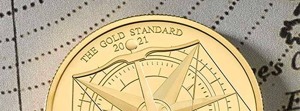
The late 19th and early 20th centuries saw a gradual shift away from the silver standard, primarily due to economic factors and changing attitudes towards monetary policy
The gold standard became the dominant system, and many countries abandoned silver as a monetary anchor. To learn more hear what Forbes has to say about the gold standard in the modern day.
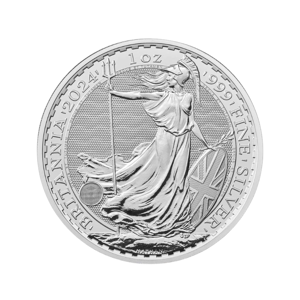
The decline of the silver standard had significant ramifications on the global economy and economic growth. As countries moved towards the gold standard, the demand for silver decreased, leading to a decline in its value. This had repercussions for countries heavily reliant on silver exports, such as Mexico and China.
The Silver Standard’s Modern Relevance
While the silver standard is no longer the primary monetary system, it still holds relevance in today’s financial landscape. Silver continues to be a valuable commodity and investment option. Investors often turn to silver as a hedge against inflation and economic uncertainty, much like they do with gold.
Investing in Silver Today
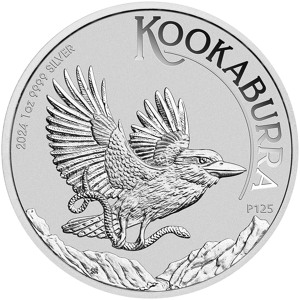
Individuals interested in investing in silver have several options. They can purchase physical silver in the form of coins or bars, invest in silver exchange-traded funds (ETFs), or trade silver futures contracts. These investment avenues allow individuals to benefit from the enduring value of silver. Some of the most popular silver bullion coins Tavex sells include the 1oz British Britannia, 1oz Canadian Maple Leaf, and the 1oz Austrian Philharmonic.
Take a look at a range of investment silver products on the Tavex website.
Key Takeaways
The silver standard has a rich historical legacy and played a pivotal role in shaping economic systems. While it may have waned in influence, silver remains a valuable asset in modern times, both as a tangible commodity and an investment.
Understanding the historical significance and contemporary relevance of the silver standard is crucial for anyone looking to navigate the complexities of the global economy and financial markets.



















